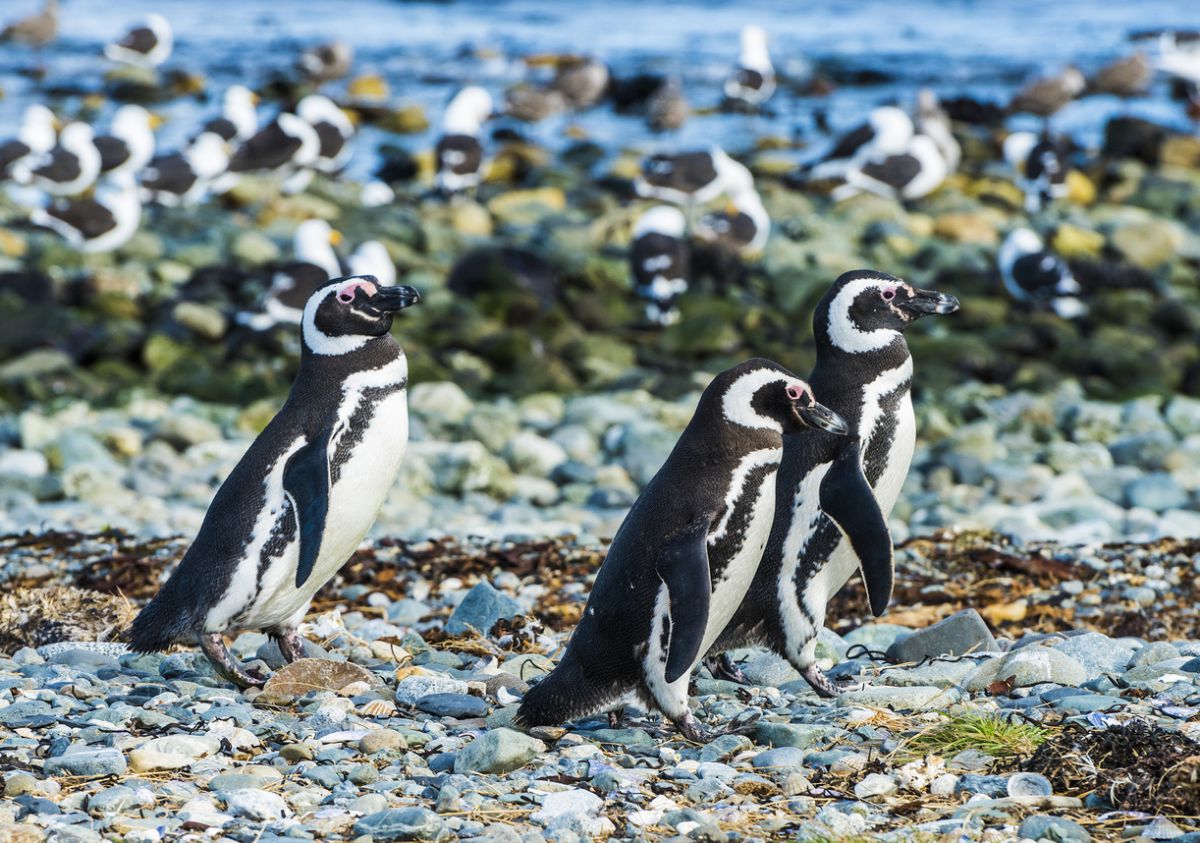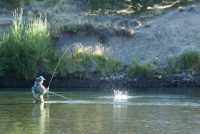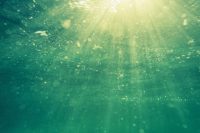A large network of islands makes up Patagonia’s mysterious and magnificent landscape. In 1916, the United States Hydrographic Office described Patagonia as “about as inhospitable a land as is to be found in the globe, especially in its more southern parts. The land is…cut up by deep channels into peninsulas and islands whose forms are yet very imperfectly known.” Due to the region’s complex geographical makeup, there are several terms beyond “island” used to describe the land. Here, we walk you through some of Patagonia’s significant landmasses and discuss how to use an island synonym to describe the geography.
More than just an island: Patagonia and the island synonym
Patagonia stretches across the southern extremes of Argentina and Chile. Chile alone has over 2,300 islands along its coastline, about one-third of which are in Patagonia. As a result, the landforms in Patagonia are very varied, creating a maze of channels and fjords that make the coastline extremely difficult to navigate. Therefore, to differentiate between landmasses, geographers will use a number of terms to describe the islands of Patagonia.
For example, most geographers refer to Patagonia as a series of archipelagos. The exact definition of this island synonym refers to an extensive group of islands. Within these archipelagos are peninsulas, islands, and islets. A peninsula is an outcrop or landmass which is almost entirely surrounded by water. The term island is self-explanatory – but the word islet, which you may be less familiar with, refers to a tiny island which is usually uninhabited. Below are some examples of archipelagos, peninsulas, and islets in Patagonia.
The Tierra del Fuego Archipelago
 European navigators discovered the Tierra del Fuego archipelago (or, ‘The Land of Fire’ in English) in 1520. Previously, Ona, Yahgan, and Alacaluf indigenous peoples inhabited the islands. Now, Chile and Argentina share the archipelago. The Strait of Magellan separates the main island, Isla Grande, from the Argentine and Chilean mainland. To the south lies the famous Beagle Channel, or Glacier Avenue. Other smaller islands include Cape Horn and the Diego Ramírez Islands.
European navigators discovered the Tierra del Fuego archipelago (or, ‘The Land of Fire’ in English) in 1520. Previously, Ona, Yahgan, and Alacaluf indigenous peoples inhabited the islands. Now, Chile and Argentina share the archipelago. The Strait of Magellan separates the main island, Isla Grande, from the Argentine and Chilean mainland. To the south lies the famous Beagle Channel, or Glacier Avenue. Other smaller islands include Cape Horn and the Diego Ramírez Islands.
Geographically, the Tierra del Fuego archipelago is a land of extremes. The north of Isla Grande is mainly sea-level glaciers, lakes, and moraines. In contrast, the south is an extension of the Andes, with huge mountains towering over the sea. For instance, one of the most notable is Mount Darwin, which is just under 8,000 feet high. The vegetation of the Tierra del Fuego archipelago is coarse and windswept. However, there is a wealth of amazing wildlife, including sea lions, penguins and whales.
Tucker Islets
 Technically part of the Tierra del Fuego archipelago, the Tucker Islets are a perfect example of the island synonym ‘islet’. A series of tiny rocky islands in the Strait of Magellan, the Tucker Islets are completely uninhabited except for one very important resident – the Magellanic penguin. Endemic to South America, you can identify these medium-sized penguins by the white ring which loops from their eyes to their chin. However, these islets and their feathered residents are only accessible by boat. As part of an Australis cruise, you can get up close and personal with the Magellanic penguin on one of our Zodiac boats.
Technically part of the Tierra del Fuego archipelago, the Tucker Islets are a perfect example of the island synonym ‘islet’. A series of tiny rocky islands in the Strait of Magellan, the Tucker Islets are completely uninhabited except for one very important resident – the Magellanic penguin. Endemic to South America, you can identify these medium-sized penguins by the white ring which loops from their eyes to their chin. However, these islets and their feathered residents are only accessible by boat. As part of an Australis cruise, you can get up close and personal with the Magellanic penguin on one of our Zodiac boats.
Valdés Peninsula


 The Valdés Peninsula is an outcrop of land in the northern portion of Argentinian Patagonia. Jutting out from the coast into the Atlantic Ocean, water surrounds the landmass except for a narrow channel connecting it to the mainland. Most of the peninsula is scrubland, dotted with salt lakes. However, despite the peninsula’s barren landscape, it is inhabited. The are several sheep farming estancias and enormous colonies of elephant seals, sea lions, and fur seals. Furthermore, Valdés is a stunning location for birdwatching.
The Valdés Peninsula is an outcrop of land in the northern portion of Argentinian Patagonia. Jutting out from the coast into the Atlantic Ocean, water surrounds the landmass except for a narrow channel connecting it to the mainland. Most of the peninsula is scrubland, dotted with salt lakes. However, despite the peninsula’s barren landscape, it is inhabited. The are several sheep farming estancias and enormous colonies of elephant seals, sea lions, and fur seals. Furthermore, Valdés is a stunning location for birdwatching.
Explore Patagonia’s islands…
To learn even more about the astonishing landscape of Patagonia, book the trip of a lifetime aboard one of Australis’s Patagonia cruises. Our expert guides lead excursions and share facts about the landscape, flora, and fauna of Patagonia. Take a look at our brochures to find out more.
No comments yet
There are no comments on this post yet.



Leave a comment